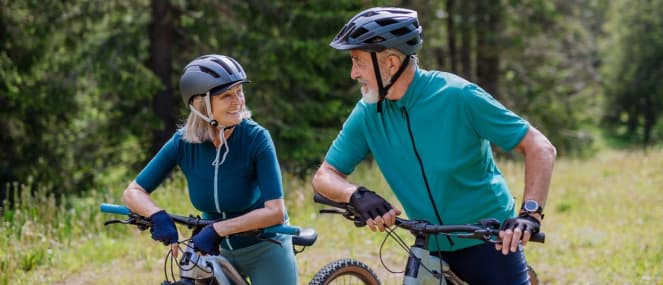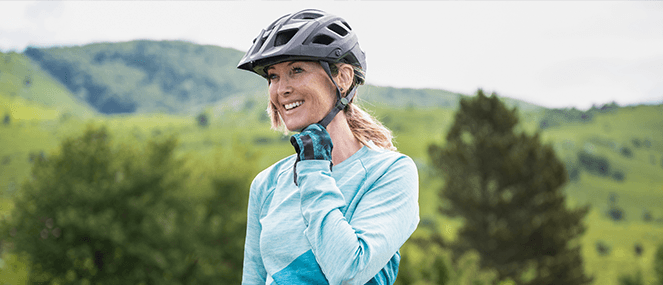
- Health hub/
- Tips & Advice on Improving your Energy Levels/
- Quick training tips for skiers and boarders


Before you grip the poles, or lace up your snowboarding boots this season, think about getting in shape to help you stay on the snow longer, and even decrease your chance of injury.
Skiing requires strong back and leg muscles, but unless you also firm up your chest and arms, you may fall prey to a lower/upper body ‘strength imbalance'. To counteract this, aim some of your training at weaker muscles. If time is on your side, begin six weeks prior to your holiday; if not, as soon as you can.
Walk this way
If you're a fan of walking, start adding hand weights to your routine. When you stumble upon a quiet stretch of track or footpath, perform some side lunges. These help strengthen the hip and leg muscles, while a walking lunge will optimise hip flexor stretch and quad strength.
Slowly build up to a much faster walk to boost your aerobic conditioning. Try to maintain a heart-rate of 120-130 beats per minute while walking for 30 minutes.
Biking hills
Jump on your bike for some uphill rides to improve your aerobic fitness (and make those short turns all the easier). Biking also strengthens your quad muscles and is great for building on-snow endurance.
At peace with Pilates
Develop core abdominal strength with specific Pilates exercises aimed at enhancing balance, control and agility. As skiing involves lots of lateral side-to-side hip movement, this form of exercise is ideal.
Injury prevention
According to physiotherapist Mark Langley, injuries often occur on the first day of skiing or boarding, as well as at the end of any given day. Fatigue is a key culprit. Novice snowboarders sustain half of all injuries, and males under 25 are the demographic that sustains the highest number of injuries overall.
Getting the right gear can go a long way, so consider investing in the following:
- A good safety helmet reduces the severity of head injuries by up to 50 per cent
- Wrist guards – snowboarders in particular often use their wrists to brace falls
Also remember to warm up your muscles before hitting the slopes, and – most importantly – also stretch out at the end of the day.
Muscle & energy support
Pack a muscle soak and massage oil for relieving your muscles after skiing or boarding. Also remember to give your energy levels a helping hand with the right nutritional support.
Snow season check list
- Start conditioning your body in advance of your trip, paying special attention to your core, quads and calf muscles
- Check your equipment is well-fitting and safe
- Make sure your clothes are waterproof in case of bad weather (Australian resorts can be prone to the occasional rainy day or hail storm)
- Warm up your body before your slip out on the snow, and remember to stretch afterwards




